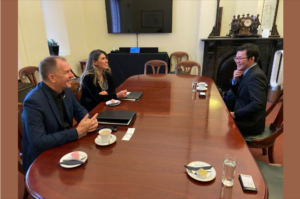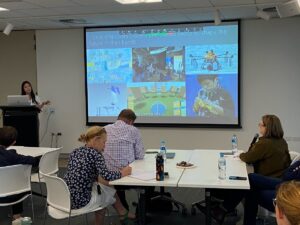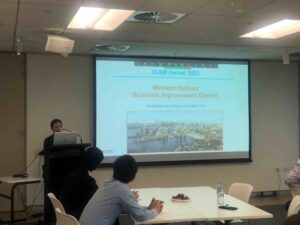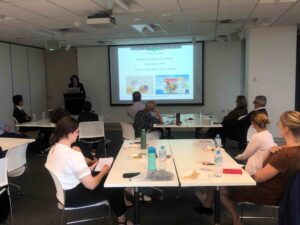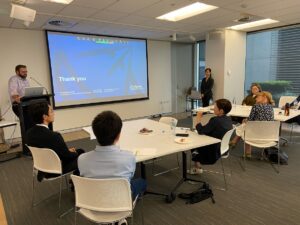Japanese local governments are responsible for ensuring the safety of their residents. Before World War II, police services were operated directly by the central government.
After the war, these services were basically assigned to prefectural governments. Each prefecture has its own police safety committee and police headquarters. Some police officers work for headquarters and police stations, another work for Koban.
Koban are police substations near major transportation hubs, shopping areas and in residential districts. They form the first line of police response to the public. The Koban system is composed of police boxes (Koban) and residential police boxes (Chuzaisho).Koban are staffed by a relatively small number of police officers (usually 3-5 officers); a Chuzaisho is usually staffed by a single officer. About 20 percent of all police officers are assigned to Koban.
Vigilance at the Koban and Chuzaisho is maintained by standing watch in front, or sitting watch inside, enabling police officers to respond immediately to any incident. While keeping a constant watch, they perform routine tasks, such as receiving crime reports from citizens, handling lost and found articles, counselling citizens in trouble and giving directions.
Outside their Koban and Chuzaisho, police officers patrol their beats either on foot, by bicycle or by car. While on patrol, they gain a precise knowledge of the community, question suspicious-looking persons, provide traffic guidance, rescue the injured, warn citizens of imminent dangers and protect lost children and those under the influence of alcohol or other substances.
I am very proud of the Koban system which every country should introduce. When you go to Japan and lose your way, you should drop by a Koban. The Koban’s friendly police officers will be happy to give you directions.
KOBAN in front of Chiba station

